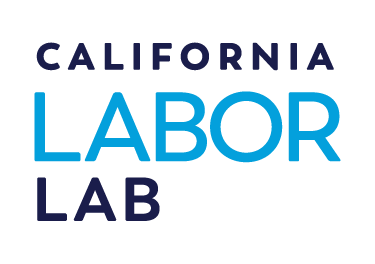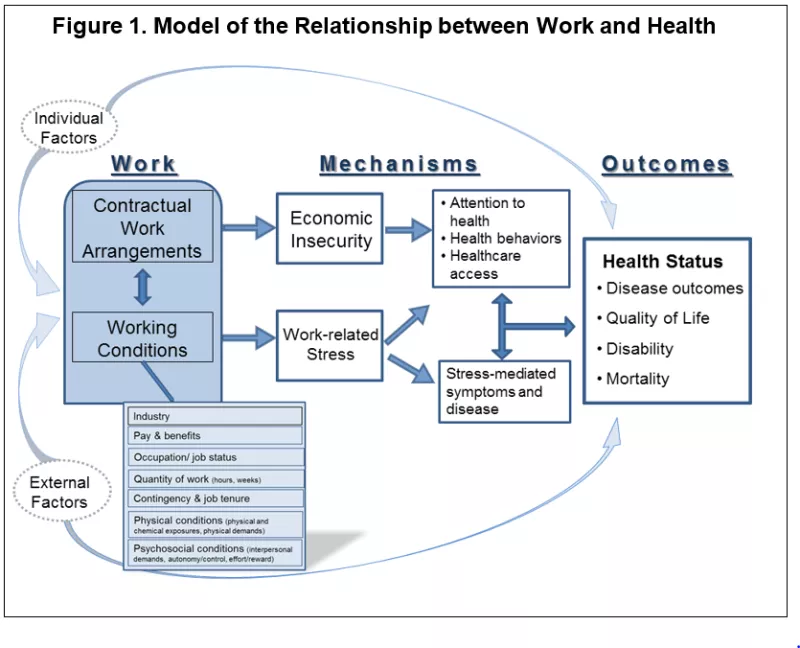Investigators: Ed Yelin, PhD, Nari Rhee, PhD, and Laura Trupin, MPH
The overarching aim of this project is to assess the impacts of emergent conditions on the health of California’s working age population. To achieve this aim, the project sought to overcome some of the methodological and conceptual limitations of prior efforts to estimate the impacts, including the observation that much non-traditional work is done episodically and in second, not first jobs and that many in such jobs are misclassified as non-traditional workers.
Specific aims:
- Develop a survey instrument capable of measuring the axes of change in work on a range of adverse health outcomes, including symptoms, incident and prevalent chronic conditions, and overall physical and mental health status to assess the impact of emergent work conditions at one point on subsequent health.
- Compare the utility of individual axes of emergent working conditions singly and in combination to predict changes in health status of the working age population over time and to estimate the critical individual sentinel working conditions within the axes in determining future health status.
- Evaluate the changes in the organization of work as defined by the axes of change and important sentinel individual conditions for the health of the vulnerable groups in the labor force listed above.
Project investigators conducted key informant interviews and focus groups to develop measures that dealt with some of the issues in measurement and then fielded a survey to a population sampled by random digit dialing of cell phones including both contract and pre-paid plans. Although respondents were sampled by listings of cell phone numbers, they were given a choice of completing the survey on-line or by being interviewed by survey workers. The survey was conducted between November 2022 and May 2023, in both English and Spanish. There were 4014 respondents, representing 26% with a working cell phone.

Presentations and Publications:
- The Future of Work is Now: First Results from the California Work and Health Survey [Webinar]
- The impact of alternative arrangements, contingent jobs, and work secured through an app on the well-being of working age adults: Results from the California Work and Health Survey [Electronic journal article, available for free]
Related Links:

